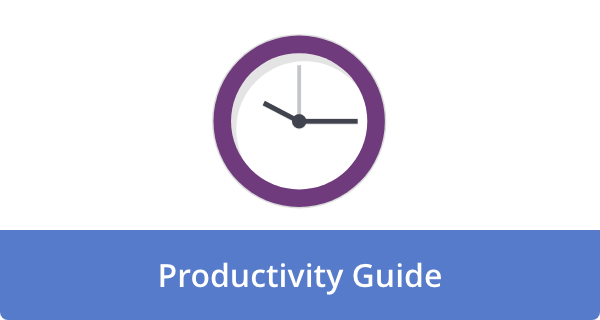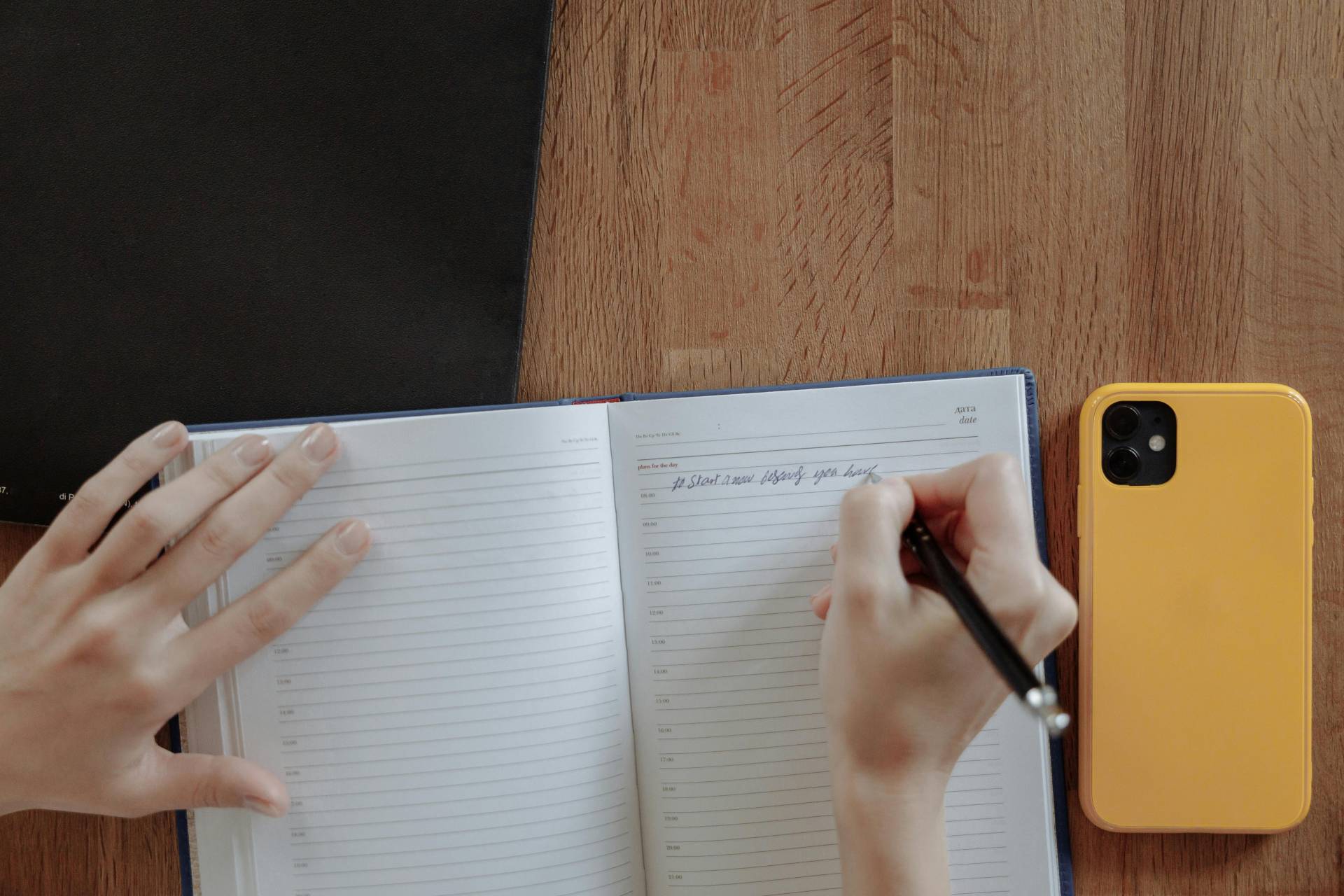Matt D’Avella’s year-long mood tracking experiment has made me think about my own relationship with happiness. In his recent talk, he shared how he scored each day on a five-point scale from -2 to +2, documenting his feelings and activities to gain insight into his emotional patterns. What struck me most wasn’t just the methodology, but the profound self-awareness this simple practice created.
As someone who often struggles with anxiety myself, I find it fascinating how we tend to misjudge our own happiness. We have bad days and suddenly think our entire life is miserable. This distortion is exactly what D’Avella was trying to combat with his tracking system.
The Power of Consistent Reflection
D’Avella’s approach wasn’t revolutionary—he drew inspiration from high performers like author Jim Collins and entrepreneur Rob Dyrdek, who track their days systematically. What made his experiment accessible was its simplicity: a daily score paired with a brief reflection.
The genius lies in the consistency. By documenting each day for a whole year, patterns emerged that would have otherwise remained hidden. This reminds me how our momentary feelings often cloud our ability to see the bigger picture of our lives.
What I find most valuable about this practice is how it creates accountability. When you know you’ll be scoring your day later, you become more conscious of how you’re spending your time. I’ve noticed this effect even in my own journaling practice—knowing I’ll reflect later makes me more intentional throughout the day.
Surprising Patterns in Happiness
D’Avella’s findings revealed some unexpected insights about what truly contributed to his happiness. Here are the key patterns that emerged:
- Work appeared in both his best and worst days, showing how our relationship with productivity is complex
- No day that involved working more than 10 hours was ever rated positively
- Taking a full month off work resulted in zero negative days
- 27% of his best days involved simply having fun
That last point about fun particularly resonates with me. Like many adults, I’ve sometimes fallen into the trap of thinking productivity equals happiness. D’Avella’s data suggests otherwise—that making time for play, whether through travel, sports, or games, significantly boosts our well-being.
Beyond Tracking: Taking Action
What makes D’Avella’s experiment more than just an interesting exercise is how he used the data to make changes. After noticing that September (when he took time off for his wedding and travel) contained zero negative days, he recognized that perhaps he shouldn’t center his entire life around work.
This is the crucial step that many miss. Data without action is just information. The real power comes from spotting patterns and adjusting your life accordingly.
The goal isn’t perfection or eliminating bad days entirely. Instead, it’s about growth—finding ways to gradually shift your life toward more of what brings you joy and fulfillment.
Starting Your Own Tracking Practice
After hearing about D’Avella’s experience, should I start my own mood tracking practice? Here’s a simplified approach I’m planning to use:
- Set a consistent time each day for reflection (evening works best)
- Use a simple scale (-2 to +2) to rate the day
- Write a brief summary of what happened
- Note key activities or themes
- Review monthly to spot patterns
The beauty of this system is its flexibility. You can use a journal, spreadsheet, or an app like Daylio (which D’Avella eventually switched to). The important part is consistency and honesty in your ratings.
What I appreciate most about D’Avella’s approach is that it doesn’t require obsessive tracking of every minute like some productivity gurus suggest. It’s accessible to anyone willing to take a few minutes each day for reflection.
Tracking your mood won’t magically solve all your problems, but it offers perhaps more valuable: clarity. By seeing the patterns in your happiness over time, you gain the insight to make meaningful changes. And sometimes, as D’Avella discovered, those changes might be as simple as making more time for fun.
“The goal isn’t to get rid of bad days entirely. They’re inevitable. The goal is growth, to continually find ways to challenge yourself, to improve your circumstances, to move yourself a little bit closer to the life you wanna live.”
This perspective shift alone makes the practice worthwhile. After all, you can’t change what you don’t measure—happiness might be the most important metric.











Deanna Ritchie
Editor-in-Chief at Calendar. Former Editor-in-Chief and writer at Startup Grind. Freelance editor at Entrepreneur.com. Deanna loves to help build startups, and guide them to discover the business value of their online content and social media marketing.